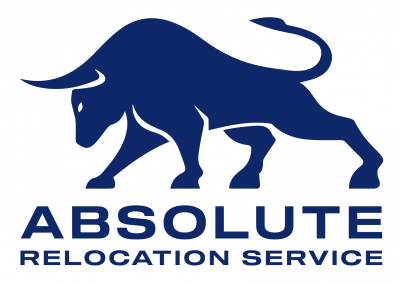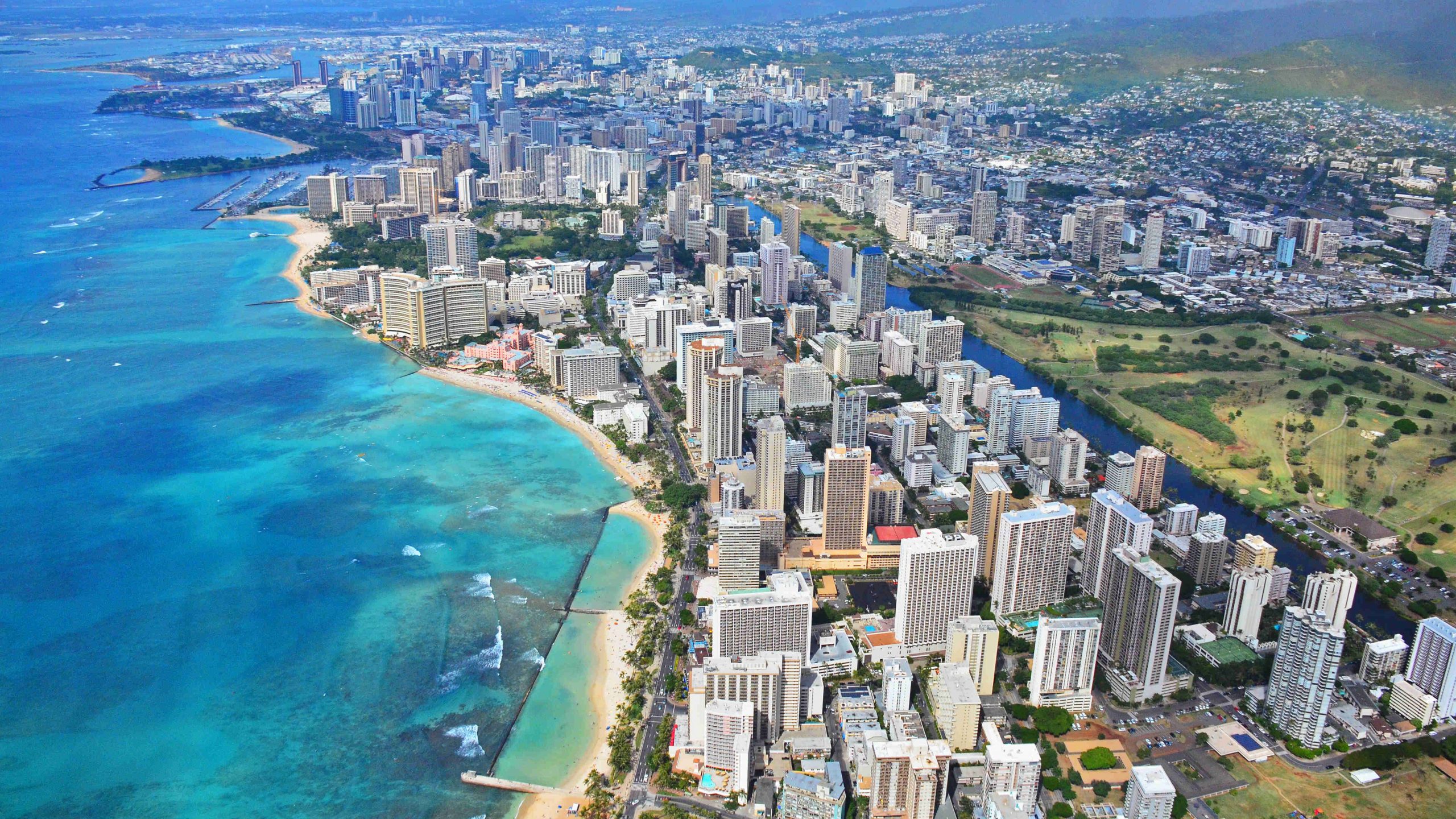Moving tips: How to choose the right neighborhood to live in Hawaii
Moving to Hawaii is a dream for many people, as this archipelago in the Pacific Ocean is famous for its white-sand beaches, picturesque landscapes and unique atmosphere. However, preparing for such a move requires careful planning and analysis, especially if you are going to settle on the islands for a long time.
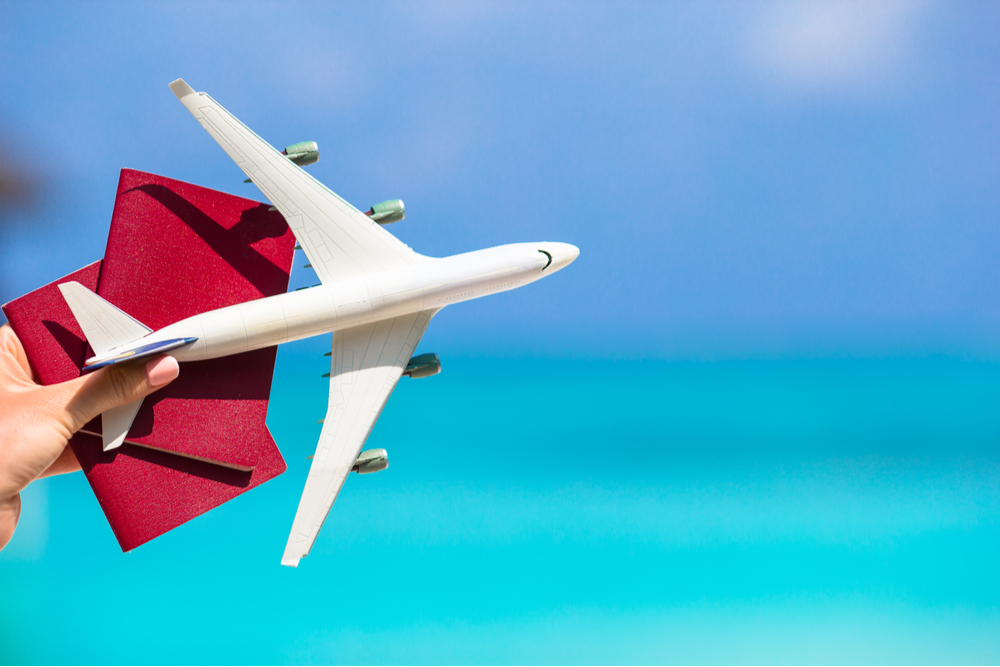
In our article, we will look at how to best prepare for a move to Hawaii and how to choose the right neighborhood to live in. You’ll learn about the key factors to consider when choosing where to live, as well as how to evaluate safety, amenities, and other important aspects of each neighborhood.
Choosing the right neighborhood to live in Hawaii is of the utmost importance. Each island and even each neighborhood on the island has its own characteristics, and it is important to choose the one that best suits your needs and preferences. Some neighborhoods may be more suitable for families with children, while others may be more suitable for outdoor enthusiasts or those looking for quiet seclusion and tranquility.
Thus, choosing the right neighborhood to live in Hawaii can have a significant impact on your satisfaction with living in the islands. Hence, before moving, you should pay special attention to researching the different neighborhoods and their features in order to make the right choice and ensure a comfortable and enjoyable stay in this unique piece of paradise.
Research the different neighborhoods of Hawaii

Honolulu
- The main city of Hawaii, the center of economic and cultural life of the archipelago
- Plenty of dining, shopping, and entertainment options
- High level of education and access to medical facilities
- Well-developed transportation network, including buses and subways
- Considered the most expensive area to live in Hawaii
- Average housing costs for condos are around $600,000 to $700,000 and for houses more than a million dollars
- Above average prices, especially in central neighborhoods such as Waikiki and Kahala
Kailua
- Located on the east coast of Oahu, this neighborhood is considered one of the best places to live
- Beautiful beaches and parks, ideal for outdoor activities and picnics
- Convenient access to shopping, restaurants and public transportation
- Friendly atmosphere and prosperous community
- Average home values for condos are in the $500,000 to $600,000 range, and homes range from $800,000 to a million dollars
- Above average prices, especially by the sea
Hilo
- Located on the island of Hawaii, Hilo is a large city surrounded by tropical nature
- Rich vegetation and lush nature, including waterfalls and parks
- Local atmosphere and rich cultural scene, including museums and festivals
- Limited access to public transportation, but well-developed roads and car infrastructure
- Average housing costs are around $300,000 to $400,000 for apartments and around $500,000 to $600,000 for houses
- Below average prices compared to Honolulu and Kailua
Kapolei
- Small town on the island of Oahu, popular with families and retirees
- Safe and quiet neighborhoods, great for living with children
- Access to beautiful beaches and parks, as well as golf courses and tennis courts
- Limited public transportation options, carpooling is preferred
- Average housing costs for condos are around $400,000 to $500,000 and for houses, $600,000 to a million dollars
- Below average prices compared to Honolulu and Kailua, but higher compared to Hilo
Lihue
- The main town on the island of Kauai, combining natural beauty with an urban lifestyle
- Beaches, mountains and jungle create a unique atmosphere
- Limited public transportation options, best traveled by car
- Presence of schools and medical facilities to ensure a comfortable stay
- The average cost of housing for apartments is about 300-400 thousand dollars, and for houses – about 600-700 thousand dollars
- Close to the average price level compared to other neighborhoods in Hawaii
Choosing a neighborhood to live in Hawaii depends on many factors, including budget, lifestyle preferences, and accessibility to amenities. Exploring each neighborhood in detail will help you make an informed choice and ensure a comfortable and enjoyable stay in the archipelago.
Prioritizing your priorities and preferences
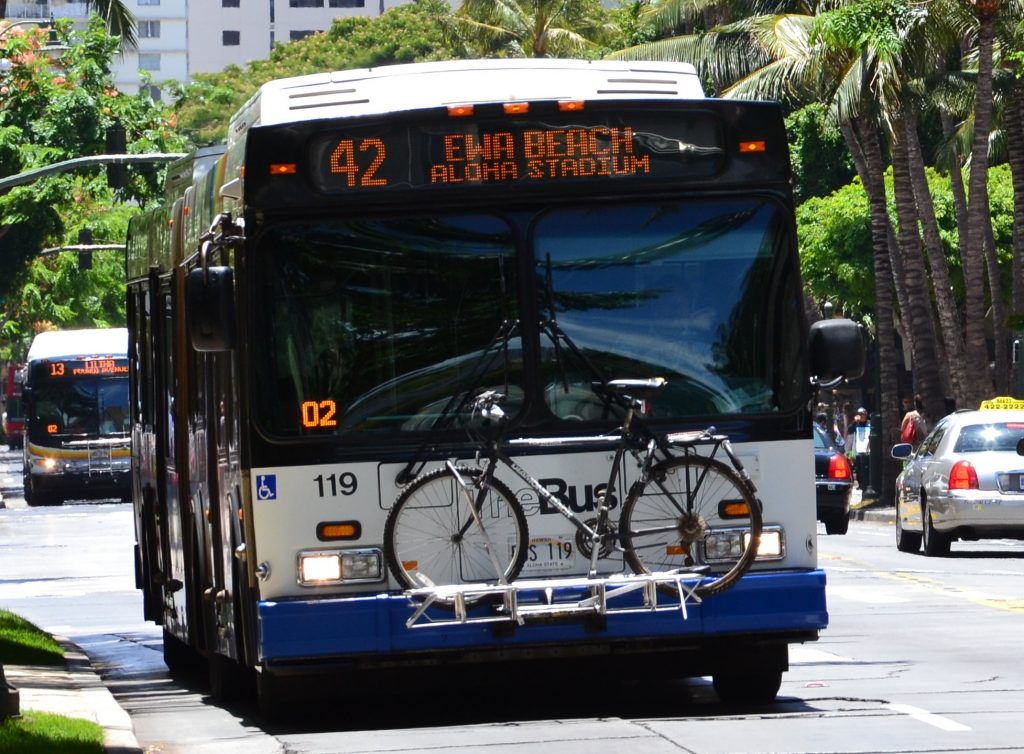
When choosing a neighborhood to live in Hawaii, there are several key factors to consider that can greatly affect your satisfaction with life. The main ones include:
Budget
Determine your financial capacity and set a limit on the housing cost you are willing to pay. Keep in mind that housing prices can vary greatly from neighborhood to neighborhood. Honolulu and Kailua, for example, are generally considered expensive neighborhoods, while Hilo and Kapolei offer more affordable options.
- When planning your move to Hawaii and subsequent living arrangements, there are various major expense items to consider. Here are the major ones:
- Housing (rent or purchase, utilities, insurance, taxes)
- Transportation (public transportation, fuel, car maintenance, insurance)
- Food and eating out
- Health care (insurance, doctor visits, medications, dental care)
- Education (school fees, textbooks, extra classes)
- Entertainment and leisure activities (movies, restaurants, concerts, etc.)
- Reserve funds
Transportation Accessibility
Check the availability of public transportation and infrastructure in your chosen neighborhoods. Honolulu has an extensive bus and subway system, while some smaller cities may have limited public transportation options.
When choosing an area to live in Hawaii, it is important to consider the availability of public transportation. Let’s take a look at the major modes of transportation and their features:
Buses: The main public transportation in the Hawaiian Islands is bus routes. Oahu Transit Services (OTS) provides an extensive network of routes throughout the island of Oahu, including Honolulu and surrounding areas. Fares vary depending on distance and are about $2.50 per trip. Many buses are air-conditioned and have free Wi-Fi.
Metro: Honolulu has a city subway line that provides an additional transportation option. It covers the downtown areas of the city and can be a convenient alternative to buses. The subway fare is about $2.50 for a single ride, and tickets with different fare types are available for longer trips.
Cabs and Taxi Services: The option of hailing a cab or using cab services such as Uber and Lyft is also available. Cab fares in Honolulu start at $3.50 for boarding and $3 for each mile traveled.
For more information on bus and subway schedules, routes, and fares, it is recommended to visit the official OTS website or download their mobile app. You can also use resources like Google Maps or Moovit to plan routes and get up-to-date information about transportation services. These applications provide detailed information on public transportation routes, including traffic patterns and arrival times of buses and trains.
Proximity to amenities
Evaluate the location of the selected neighborhoods in relation to shopping, restaurants, schools, medical facilities, and other amenities. Distance to beaches, parks, and other recreational facilities should also be considered.
Weather conditions
Take into account the climatic characteristics of the neighborhoods. For example, the island of Kauai often receives more rainfall than Oahu, which can be an important factor for people who prefer sunny weather.
Honolulu: Warm and dry climate with little rainfall, high humidity.
Kailua: Subtropical climate with warm and sunny days, sometimes rainy.
Hilo: Humid and rainy climate, high humidity and heavy precipitation.
Kapolei: Warm and humid climate with occasional rain, less rainfall than Hilo.
Lihue: Sunny climate with occasional rainfall, warm winters and hot summer months.
Social Events and Activities
Explore cultural and recreational events taking place in selected neighborhoods.
Honolulu hosts numerous cultural and social events including festivals, parades, concerts and art exhibits. It is also home to many restaurants, bars and cafes where you can enjoy the local food and atmosphere.
Kailua is known for its local markets, fairs and cultural events where you can experience local tradition and culture. The area also has many parks and beaches where music and sporting events are often held.
Hilo regularly hosts local festivals including the Merrie Monarch Festival, the Tea Festival, and numerous music and dance performances. These events are an important part of Hilo’s cultural life and attract many tourists.
Kapolei is famous for its local markets and farmers’ fairs where you can purchase fresh local produce and handicrafts. The area also hosts various community events such as fairs and festivals that bring locals and tourists together.
Lihue often hosts sporting events such as surfing and beach volleyball competitions that attract locals and tourists. You can also find many cafes and restaurants with live music and entertainment.
Environmental Conditions and Safety
Be aware of the environmental and safety conditions in the areas. Some areas may be more prone to natural disasters such as tsunamis or volcanic activity than others.
Honolulu: In general, Honolulu is considered a relatively safe neighborhood in terms of natural disasters. However, in the event of a tsunami, there is a risk, especially for those who live closer to the coast. You should also consider the possibility of low earthquakes that sometimes occur in this region.
Kailua: Kailua is in a safe area, although some parts of the city may be at risk for tsunamis, especially on the oceanfront. It is also advisable to be aware of seasonal rains in the area, which can cause flooding and the risk of rockslides.
Hilo: Hilo is known for its high rainfall and potential flooding risks. It is also worth considering the possibility of volcanic activity, as the area is close to the Kilauea volcano, which is periodically active.
Kapolei: Kapolei is a relatively safe neighborhood in terms of natural disasters. However, there may be a small tsunami risk in some parts of the city, especially for those who live near the coast.
Lihue: Lihue is also considered a relatively safe area, although a tsunami risk exists, especially for those living in coastal areas. One should also be alert to possible earthquakes and volcanic activity, as Lihue is close to the Mauna Loa volcano.
Based on these factors, everyone can determine their priorities and preferences and choose the most suitable area to live in Hawaii.
Neighborhood safety study

Neighborhood Safety Survey
When choosing where to live, it is important to consider the level of neighborhood safety. This includes an assessment of natural phenomena, crime statistics, and available resources to check for safety.
Natural Phenomena Assessment
Neighborhoods in Hawaii are susceptible to a variety of natural disasters, including tsunamis, volcanic activity, and hurricanes. Some areas are more vulnerable to these events than others. For example, Hilo on the Big Island is known for its high rainfall and flood risk, as well as the potential for volcanic activity due to its proximity to the Kilauea volcano.
Crime Statistics
To assess the crime rate in the area, it is useful to consult statistics provided by local law enforcement agencies and other official sources. For example, FBI crime reports and local police departments can provide information on the amount of crime in a particular neighborhood, including theft, robbery, and other offenses.
Resources for security screening
There are various online resources that can help you assess the level of safety in your chosen neighborhood. For example, sites like NeighborhoodScout and CrimeReports provide detailed crime information for specific neighborhoods and also allow you to compare them to other neighborhoods. In addition, it is important to look at school safety and environmental ratings, which may be available on specialized resources.
With all of the above in mind, when choosing a neighborhood to live in Hawaii, it is important to consider not only its beauty and amenities, but also its level of safety to ensure a comfortable and safe living experience for yourself and your family.
Finding housing in selected neighborhoods
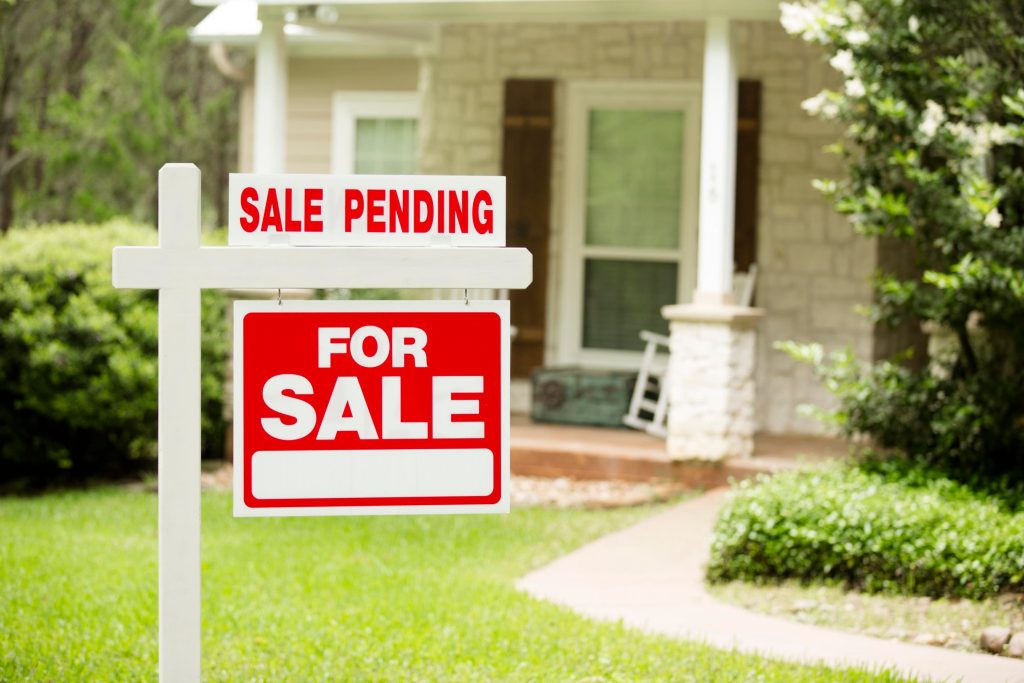
Finding housing in select neighborhoods in Hawaii can be a challenge, but with the right approach it is possible. Here are a few steps to help you find the right housing:
Determine criteria: Before you begin your search, determine your priorities and housing requirements. This may include budget, type of accommodation (e.g. apartment, house, condo), number of bedrooms and bathrooms, and amenities such as parking, pool or proximity to public transportation.
Using online portals: The Internet is one of the most effective ways to search for accommodation. Popular online portals such as Zillow, Trulia, Apartments.com and Realtor.com offer a wide range of Hawaii accommodations. You can use search filters to refine the housing options according to your preferences.
Contacting real estate agents: If you need help finding a place to live, you can contact local real estate agents. They can offer you personalized advice and offers to suit your requirements. Agents may also have access to local listings and information about recently available properties on the market.
Visiting open houses: Visiting open houses can be a useful way of familiarizing yourself with available housing options in selected neighborhoods. This allows you to see homes in person, assess their condition and amenities, and ask questions of the agent or owner.
Consider local infrastructure: When choosing a home, pay attention to local infrastructure such as proximity to schools, shopping, medical facilities, and public transportation. This will help you gauge the convenience and livability of your chosen neighborhood.
By following these steps and utilizing the available resources, you will be able to find the right housing in selected neighborhoods in Hawaii, providing a comfortable and convenient living experience for you and your family.
Preparing for a move

Moving can be a stressful event, but with the right preparation, it can go smoothly and without problems. Here are some tips for planning your budget, packing your belongings, and organizing the transportation of your possessions:
Budget Planning:
- Estimate all costs associated with the move, including the cost of renting a new home, moving possessions, utilities, and other expenses.
- Take into account possible additional costs such as insurance, deposits and real estate agency fees.
- Create a detailed budget and strive to stick to it to avoid financial hardship during the move.
Packing your belongings:
- Start packing early to avoid rush and stress before the moving day.
- Organize things by category and pack them in crates or boxes, labeling them for easy unpacking later.
- Wrap fragile items in protective material such as bubble wrap or newspapers to prevent damage during transit.
Arrangements for transporting your possessions:
- Decide whether you will transport the property yourself or hire a professional moving company.
- If you choose a professional company, research the different options and compare prices and services.
- Take care of the necessary permits and paperwork to move your possessions, especially if you are crossing state or national borders.
When choosing a moving company, look at its reputation, experience and available services. For example, our company provides a wide range of services, including packing and unloading of belongings, and even services for unpacking and arranging furniture in your new home. We, at Absolute Relocation Service, guarantee professional service and safe transportation of your belongings, making your move easier and giving you confidence in the quality of our services.
Contact us in any way:
Telephone: (954) 773-9667
E-mail: abs@absoluteinc.org
